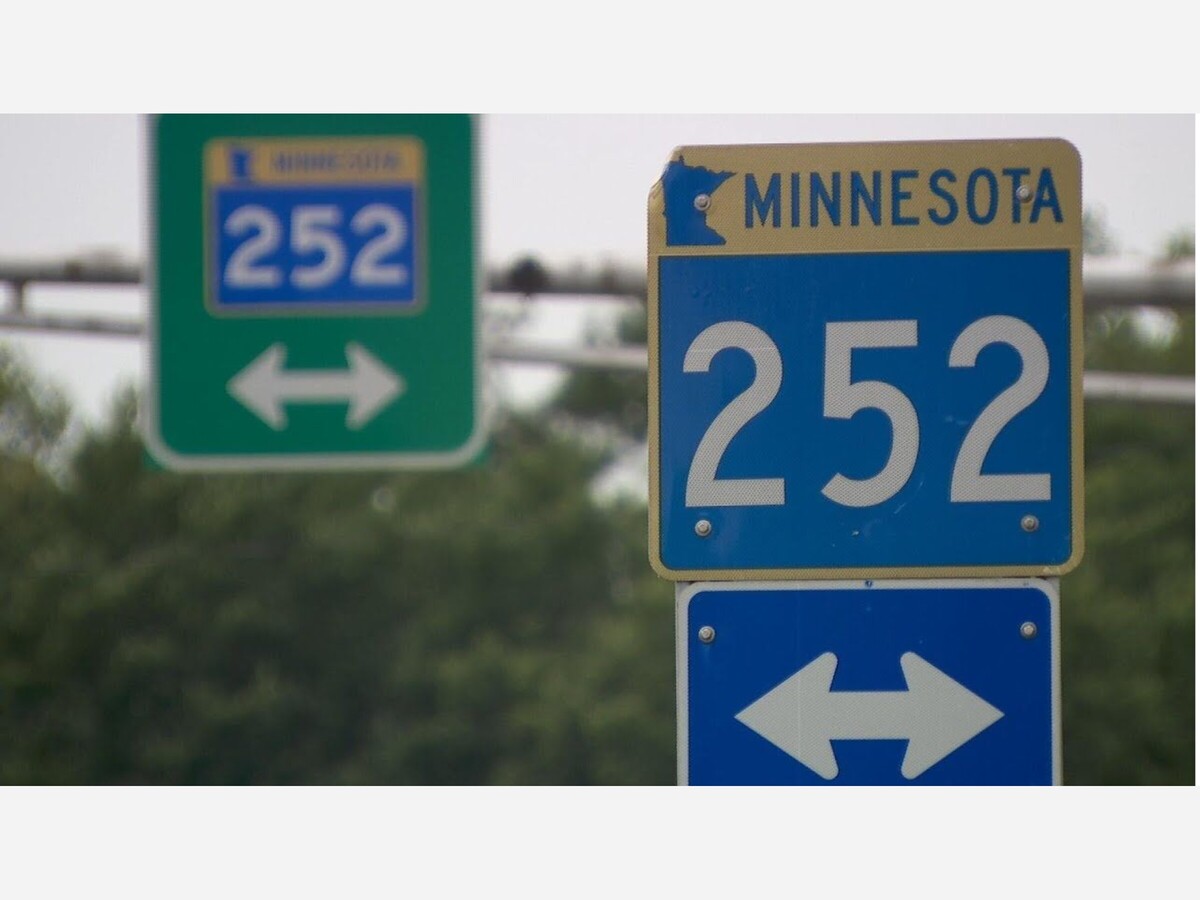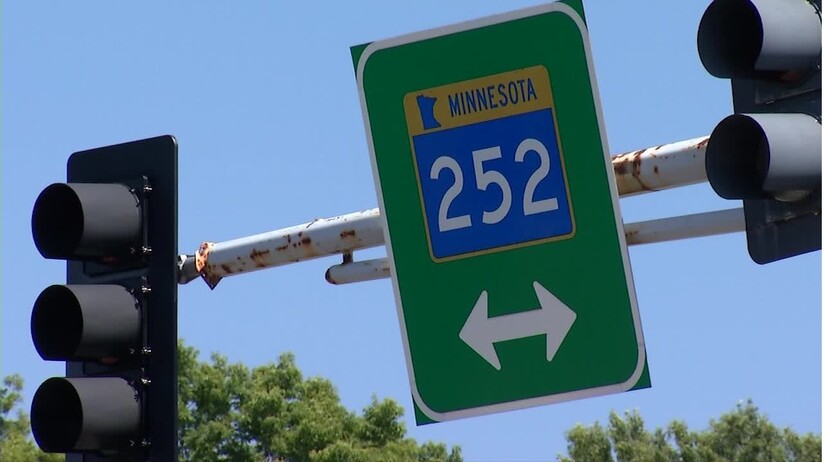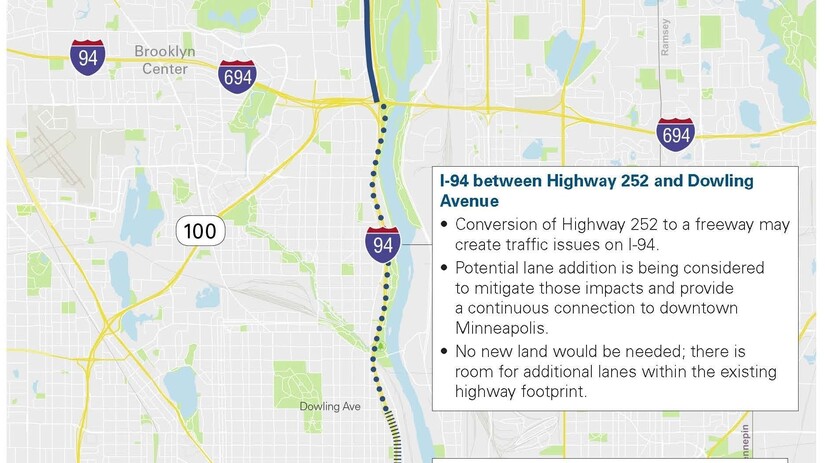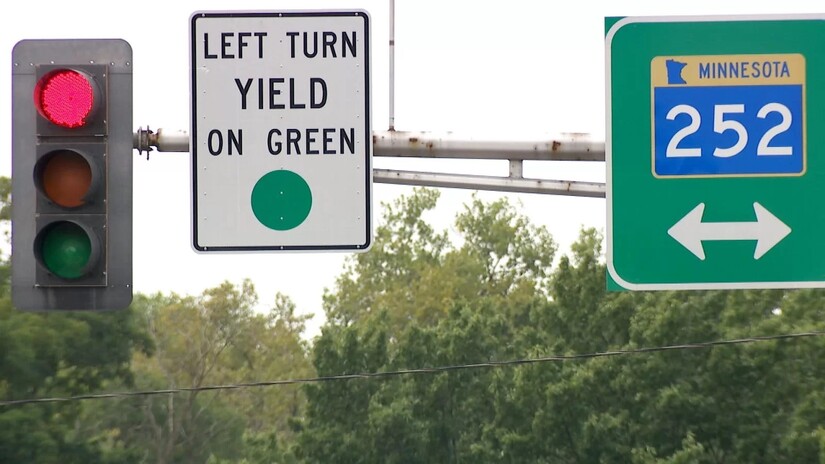Image


City leaders in Brooklyn Center say they don’t presently support the state’s plans to convert a portion of Highway 252 into a freeway.
MnDOT has been studying ways to improve safety and mobility on the crash-ridden section of the highway that goes through Minneapolis, Brooklyn Park and Brooklyn Center for roughly a decade, and some big decisions are hitting the horizon.
There was vocal opposition from some Brooklyn Center City Councilmembers and Mayor April Graves during a regularly scheduled council meeting last week following the latest presentation from the Highway 252 Safety Task Force, a group of concerned neighbors who have been independently studying MnDOT’s highway conversion plans for years.

Councilmember Dan Jerzak, also one of the city’s liaisons to MnDOT providing input on the project, said he’d deny municipal consent as the plans stand, an official process that requires approval from elected bodies in all three impacted cities once project plans are finalized. MnDOT anticipates that’ll happen in 2027.
“I concur,” said Councilmember Kris Lawrence-Anderson, speaking after Jerzak, adding, “I don’t think I’ve ever seen this room this full.”
In a statement, Mayor April Graves agreed with members of the council.
“I do not support the project as it stands,” she wrote. “If municipal consent was asked for today I would vote no, and I know that several of my fellow council members feel the same.”
MnDOT Metro District major projects manager Amber Blanchard said the only major decision made so far has been one to convert the highway to a freeway, ruling out an expressway and other previous roadway options that were considered in years past.
That decision appeared to be the crux of Mayor Graves’s disapproval.
In the same statement, she wrote, “Both the Brooklyn Center and Brooklyn Park City Councils as well as hundreds of residents asked that more alternatives be studied in the EIS [Environmental Impact Study] being conducted and that feedback was completely ignored.”
“I know a lot of the council members are upset with that decision,” Blanchard said in an interview days after the council meeting. “But we need to try and move forward and come up with something that everybody will be satisfied with. It’s not going to be perfect.”
The three remaining roadway design options are a six-lane freeway including managed lanes, a six-lane freeway including bus shoulders, and a four-lane freeway including bus shoulders.
According to MnDOT’s latest data, both versions of the six-lane freeway options would reduce crashes on the highway by 31%, and the four-lane option would reduce highway crashes by 49%.
The Highway 252 Safety Task Force believes that’s setting the bar too low.

“When MnDOT rates the future construction, they’re comparing it to this very dangerous expressway, and they’re patting themselves on the back and saying they’re doing real good if they get above 40% reduction…” said task force member Bill Newman during an interview ahead of the council meeting.
Are you kidding me? That’s horrible.”
When MnDOT was in the process of selecting the type of roadway to replace the existing highway, the agency initially estimated that a freeway conversion would reduce crashes by a much higher 58-68%.
Blanchard referred to the statistical range as a “universal percentage” or “what we would expect to see in traditional freeways.”
After the freeway conversion decision was official, additional studies specific to Highway 252 slashed that expectation for improved safety down to 31-49%.
According to Blanchard, even though the anticipated crash reduction fell below expectations, the remaining design options outweigh those that were ruled out.
“You will not have that high-speed traffic near a bicycle and near a pedestrian anymore, so we will take them apart, and that is one of the best ways we know to improve safety,” she said in favor of the freeway designs still on the table.
To sum it up, MnDOT argues time is of the essence, pushing forward with decisions to potentially save lives. The task force and Mayor Graves argue for a slower pace, saying that studies should be completed and data should be publicly available before major decisions continue to be made.
“I’m hoping that they look at some of the families that are affected by this and realize that their actions are more than just data, that people that are hurting because of this,” said task force member Tara McCarthy.
McCarthy and several other Brooklyn Center residents expect to lose their homes to the freeway conversion. McCarthy and her husband have already lost their son, Jason, to a crash at an intersection along that stretch of Highway 252.
Asked if there was anything else she wanted to add, Blanchard said, “We really do appreciate the Brooklyn Center City Council and the safety task force for their due diligence and their passion regarding this.”
“We understand safety is a very big concern, and it is a big concern of ours as well…and so, we’re doing everything that we can to improve safety.”
More big decisions are coming soon, she added.
The first is whether to use overpasses or underpasses where the intersections currently are along Highway 252. Blanchard anticipated that’ll be decided by the end of October.
The next major choice is which intersections will be made into interchanges for the freeway. Blanchard said there will be more opportunities for the community to weigh in ahead of that decision, likely early this spring.

“Nothing but lies,” Newman said, asked about his trust in the state agency. “We started out cynical and now, we’re extremely cynical.”
See Brooklyn Center Mayor April Graves’s full statement below:
I do not support the project as it stands.
Both the Brooklyn Center and Brooklyn Park City Councils as well as hundreds of residents asked that more alternatives be studied in the EIS being conducted and that feedback was completely ignored. If municipal consent was asked for today I would vote no, and I know that several of my fellow council members feel the same.
How this project is being pushed forward is not in the best interest of our city. Asking us to weigh in on design options for a freeway when the EIS isn’t even completed yet speaks to the reality that it seems the decision is already made and the EIS is merely symbolic. We would literally have to pay for more traffic, more pollution, less access to our businesses and decreases to or already struggling tax base.
If safety and equity are truly goals of this project, then I would expect that we would want to study alternatives that are not all freeway options to ensure we have a true understanding of how to best address the long standing safety issues on 252.“
SOURCE: abc KSTP